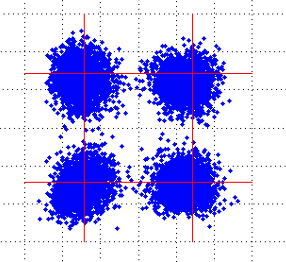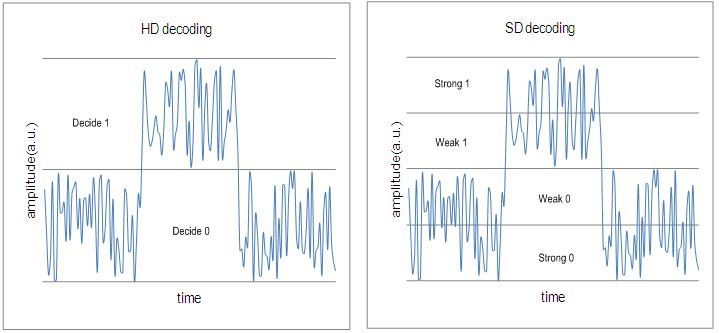HomePosts tagged “Communication technology”
Communication technology
Showing 1 - 4 of 4 results
In today’s world, where digital information rules, keeping networks secure is not just important—it’s essential for the smooth operation of...
-
Free
-
March 26, 2025
In a non-coherent WDM system, each optical channel on the line side uses only one binary channel to carry service information. The service transmission...
-
Free
-
March 26, 2025
Items HD-FEC SD-FEC Definition Decoding based on hard-bits(the output is quantized only to two levels) is called the “HD(hard-decision) decoding”,...
-
Free
-
March 26, 2025
Power Change during add/remove of channels on filters The power change can be quantified as the ratio between the number...
-
Free
-
March 26, 2025
Explore Articles
Filter Articles
ResetExplore Courses
Tags
automation
ber
Chromatic Dispersion
coherent optical transmission
Data transmission
DWDM
edfa
EDFAs
Erbium-Doped Fiber Amplifiers
fec
Fiber optics
Fiber optic technology
Forward Error Correction
Latency
modulation
network automation
network management
Network performance
noise figure
optical
optical amplifiers
optical automation
Optical communication
Optical fiber
Optical network
optical network automation
optical networking
Optical networks
Optical performance
Optical signal-to-noise ratio
Optical transport network
OSNR
OTN
Q-factor
Raman Amplifier
SDH
Signal amplification
Signal integrity
Signal quality
Slider
submarine
submarine communication
submarine optical networking
Telecommunications
Ticker




